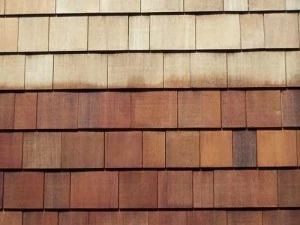Staining can be the most difficult task since it is often difficult to make the stain appear flat and smooth. One of the most common mistakes people commit when staining is applying the stain unevenly. This causes the formation of unwanted lap marks on the surface. Lap marks are actually the appearance of a thicker color as well as an excessive gloss where wet and dry layers overlap at the time when you apply the 
You can prevent the lap marks by working steadily and removing the paintbrush from the surface very slowly when it runs out of stain. You can even blend these lap marks by wiping off the stain from thick areas of the lap mark and by applying more stain to the light areas.
What Causes the Lap Mark?
Lap mark appears when you fail to maintain a wet-edge when applying paint or stain. Another important reason why lap marks appear is because of using low-quality, economy paint. Both these conditions may lead to the formation of lap marks when working with stain.
How To Prevent Lap Marks?
One of the most important rules of staining in order to prevent lap marks is to apply material wet-on-wet. It is important to make sure that you maintain a wet edge by applying stain toward the area that is still not painted and then back into the just-painted surface. This unique technique, which is also known as brushing and rolling technique, will produce a smooth, uniform appearance of any surface.
You can also prevent lap marks when working with stain to a large extent by working in manageably sized areas and by planning suitably for possible interruptions at a natural break, such as window, door, or corner. Painting in small sections gives enough time for the stain to dry before starting on an adjacent area. As mentioned earlier, it is important to properly plan for interruptions at natural breaks, especially when you are working with bare wood. To get the best result, you can use top to bottom painting method since this provides natural breaking points.
Use Top Quality Stain:
Another important way to prevent lap mark is to use a top-quality stain. It is easier to avoid lap marks when using a high quality stain because of its high solid contents. In case the substrate is very porous, you need to apply a primer or sealer in order to prevent the stain from drying too fast and reducing wet-edge time.
